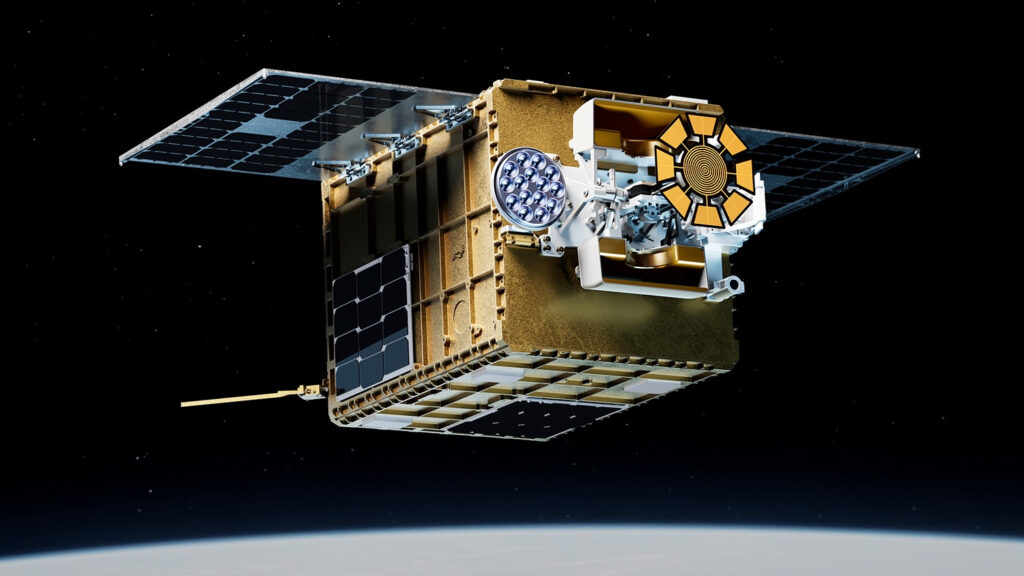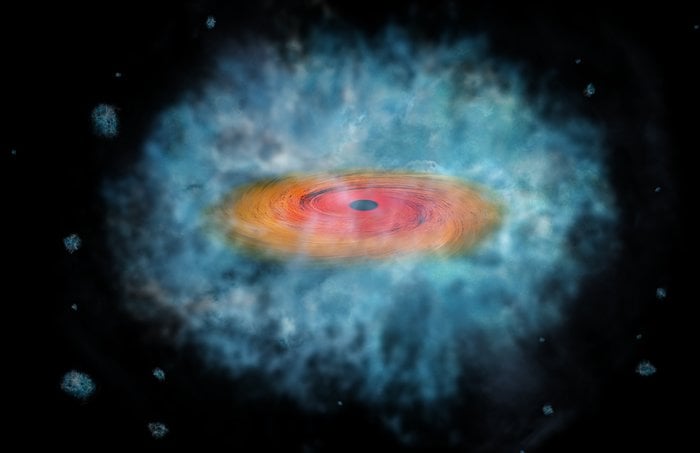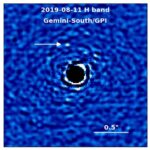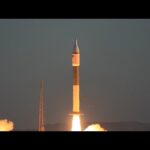Now Reading: Lasers target the Tarantula Nebula with ‘artificial stars’ | Space photo of the day for Nov. 19, 2025
-
01
Lasers target the Tarantula Nebula with ‘artificial stars’ | Space photo of the day for Nov. 19, 2025
Lasers target the Tarantula Nebula with ‘artificial stars’ | Space photo of the day for Nov. 19, 2025
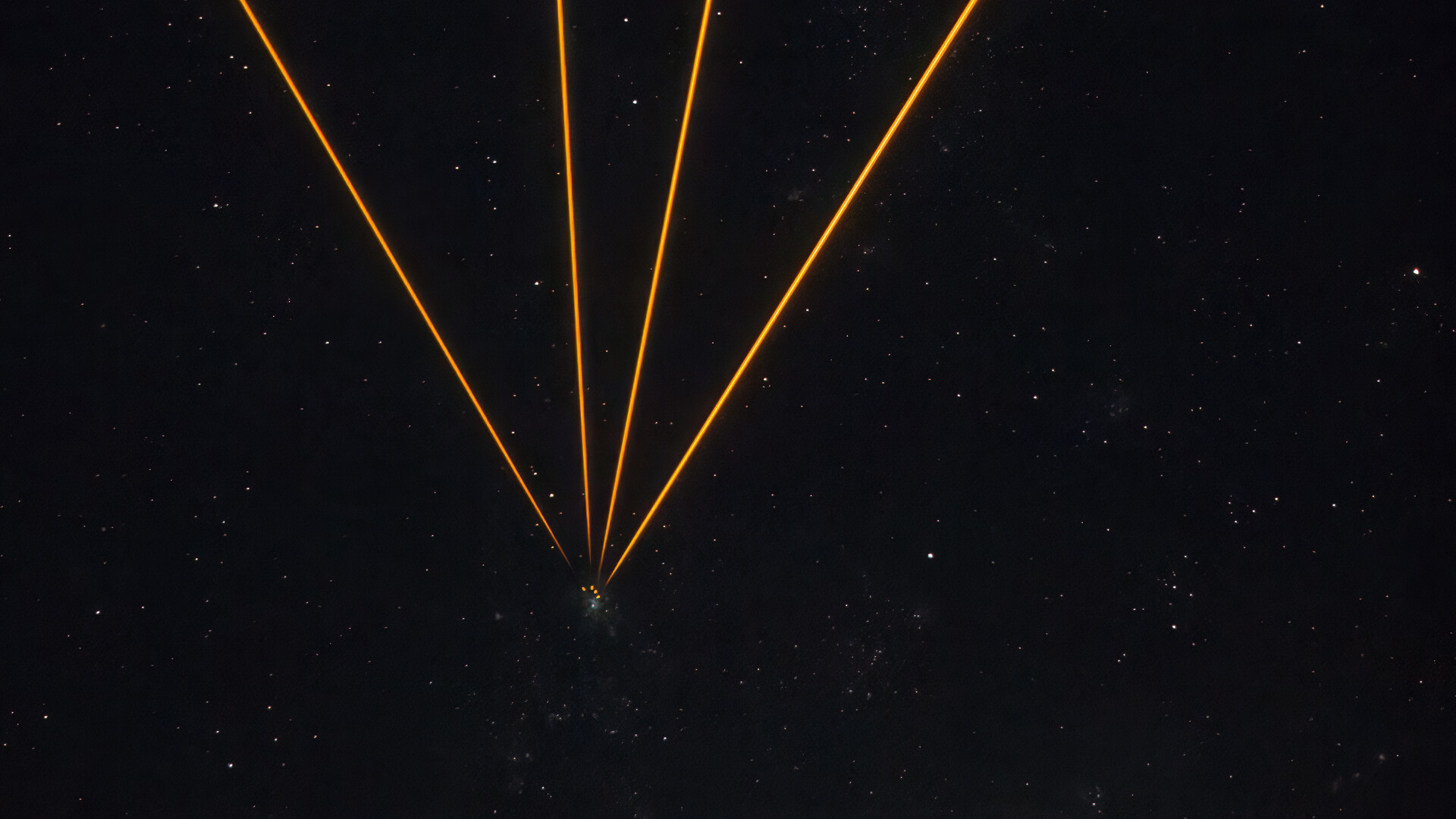
Recently, the Very Large Telescope (VLT) used its powerful interferometer, also called the VLTI, as part of its GRAVITY+ upgrade to the entire system.
What is it?
The VLT is one of the world’s most advanced optical observatories, operated by the European Southern Observatory (ESO) in the Atacama Desert of northern Chile. The VLT consists of four 27-foot (8.2-meter) telescopes that can work together as a single system through the VLTI, combining their light to achieve the resolving power of a much larger telescope. This allows astronomers to distinguish fine details in distant cosmic objects, down to features hundreds of times smaller than what can be seen with a single telescope alone.
Where is it?
While this image was captured in Chile, the laser beams were targeted at a point 56 miles (90 kilometers) above Earth’s surface.

Why is it amazing?
The four beams produced bright artificial “stars,” which act as guides to help astronomers correct for the distortions caused by Earth’s atmosphere, a process called adaptive optics. By removing this natural blur, the VLTI can produce much sharper and more detailed images.
The team was focusing on the Tarantula Nebula, located in the Large Magellanic Cloud, a satellite galaxy of the Milky Way about 160,000 light-years away. The nebula is a cosmic nursery where some of the most massive and luminous stars known are born, making it an ideal target for testing the improved precision and sensitivity of the GRAVITY+ system. Observing this region helps astronomers study how massive stars form and evolve, and how their intense radiation and winds shape the surrounding interstellar environment.
Want to learn more?
You can learn more about the Large Magellanic Cloud and ground-based telescopes.
Stay Informed With the Latest & Most Important News
Previous Post
Next Post
-
 012024 in Review: Highlights from NASA in Silicon Valley
012024 in Review: Highlights from NASA in Silicon Valley -
 02Panasonic Leica Summilux DG 15mm f/1.7 ASPH review
02Panasonic Leica Summilux DG 15mm f/1.7 ASPH review -
 03From Polymerization-Enabled Folding and Assembly to Chemical Evolution: Key Processes for Emergence of Functional Polymers in the Origin of Life
03From Polymerization-Enabled Folding and Assembly to Chemical Evolution: Key Processes for Emergence of Functional Polymers in the Origin of Life -
 04How New NASA, India Earth Satellite NISAR Will See Earth
04How New NASA, India Earth Satellite NISAR Will See Earth -
 05And Thus Begins A New Year For Life On Earth
05And Thus Begins A New Year For Life On Earth -
 06Astronomy Activation Ambassadors: A New Era
06Astronomy Activation Ambassadors: A New Era -
07SpaceX launch surge helps set new global launch record in 2024














